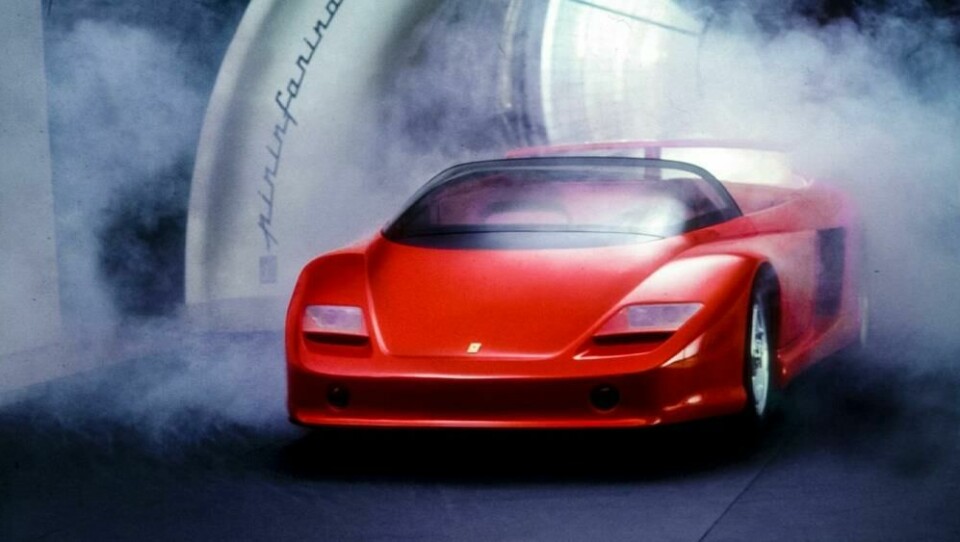
Top Ten Pininfarina aero designs
As Pininfarina celebrates 50 years of its famous wind tunnel Car Design News highlights ten of its best designs shaped by aero tech
Pininfarina has been synonymous with aerodynamic designs since its earliest days. For example, the 1936 Lancia Aprilia Aerodynamica Coupé, which was a racing Berlinetta featuring smooth bodysides and four covered wheels and had a drag co-efficient (Cd) of 0.40. This figure was attained, says Antoine Prunet in his book Pininfarina Art & Industry 1930-2000 by “an intuitive approach without the possibility of any scientific control of the design process”.
Or the legendary 1947 Cisitalia 202 that found its way into the New York Museum of Modern Art and, when measured in the Pininfarina wind tunnel decades later, recorded a 0.37 Cd, better than many designs created much later. Founder Battista ‘Pinin’ Farina was influenced by nature and wanted his cars to share some of that beauty, as he is quoted: “Going to the mountains in winter I saw how the wind had streamlined the snow at the side of the road, carving out curved or sharp shapes at the edges. The wind gives shape to trees. I wanted to copy those lines…”
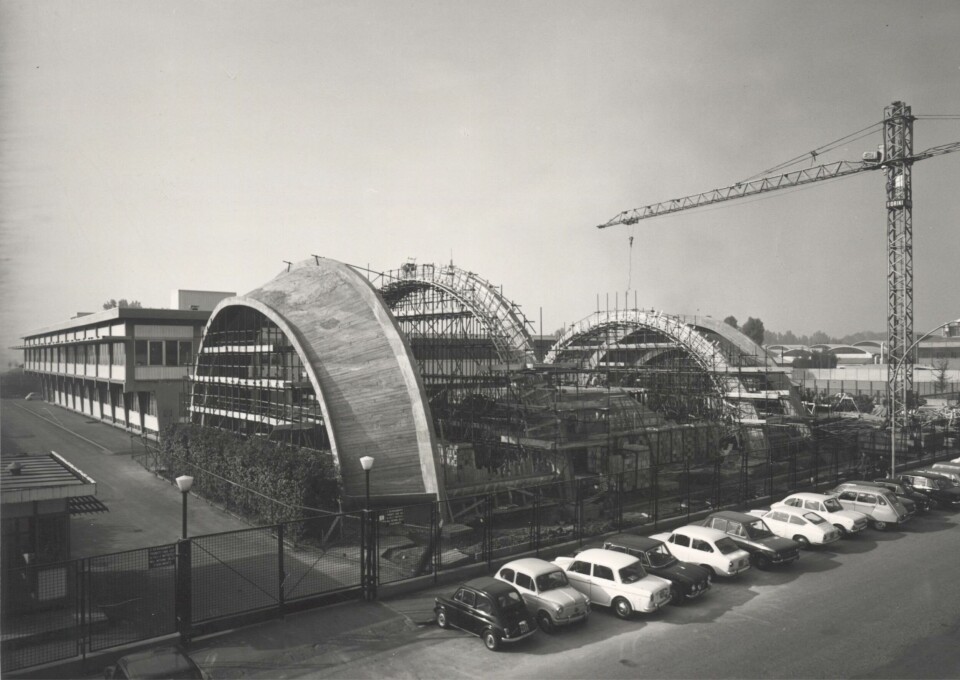
Pininfarina wouldn’t have a wind tunnel of its own until 1972 but a preliminary study was started with the Polytechnic of Turin in 1965 and Battista’s son Sergio took the final decision in 1970, as the firm points out: “It was on the basis of his work with Ferrari that Sergio reached the conviction that an instrument capable of scientifically measuring the aerodynamic performance of a car body was bound to become an important, competitive factor for a company that wanted to develop and sell car design. The construction took almost three years and the wind tunnel was finished in autumn 1972.”
Soon after with the oil crisis of 1973 Pininfarina was using its wind tunnel to shape bodies to improve fuel economy too, and since then dozens of cars and racing cars (including Ferrari Formula 1 and Lancia Montecarlo Group 5), motorcycles (BMW R 100 RS), bicycles (De Rosa SK) and even golf clubs (Mizuno) and ski boots (Lange), have undergone tests in Pininfarina’s wind tunnel. But as a facility it hasn’t stood still. Pininfarina says: “Testing capabilities are being constantly improved thanks to the development of innovative measurement techniques in both the aerodynamic and aeroacoustic fields.
It’s also one of the few in the world to have a Turbulence Generator System able to create various conditions of controlled turbulence, associated with gusts of wind, overtaking manoeuvres, cross winds and vortices generated by cars ahead. [Meanwhile], its Ground Effect Simulation System can faithfully reproduce real vehicle motion conditions.” Which is reassuring. Meantime, here is CDN’s Top Ten vehicular highlights from 1972 to the present day…
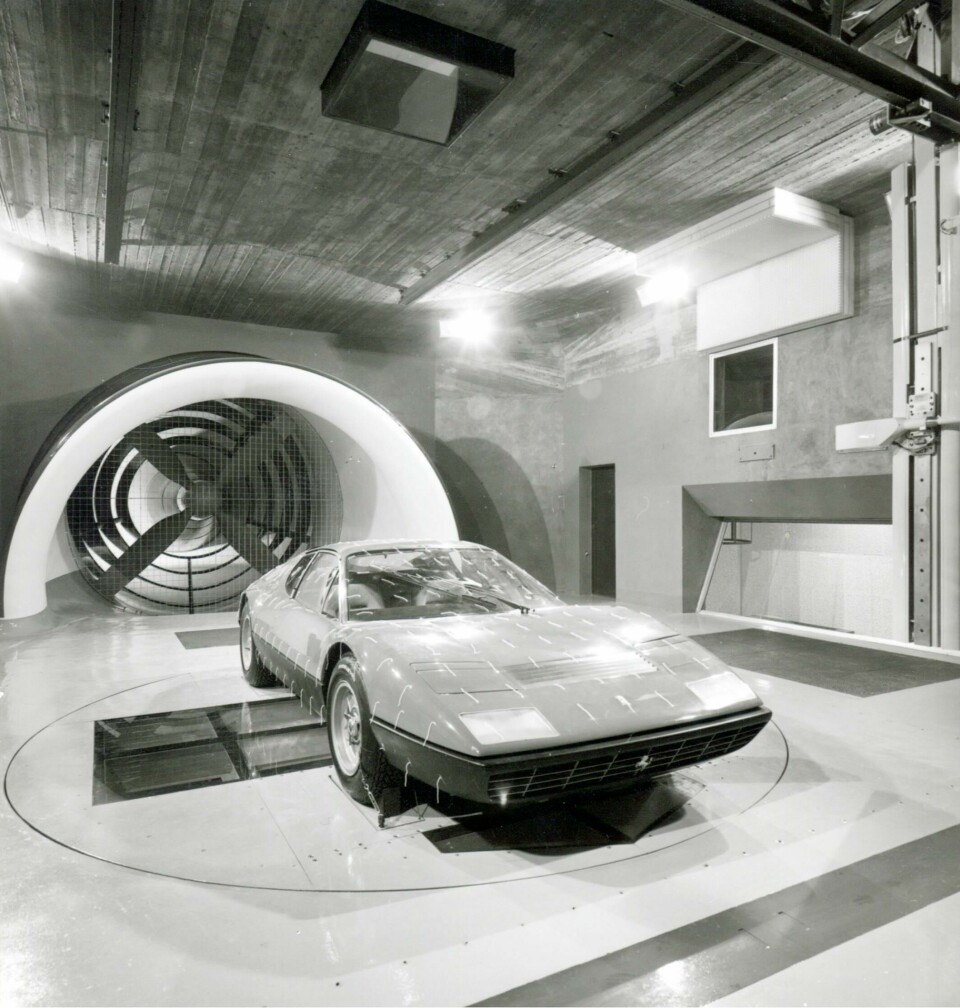
Presented at the 1971 Turin Motor Show but not on sale until 1973, it’s not quite clear how much of the Ferrari 365 GT BB’s development could have been achieved in Pininfarina’s wind tunnel opened in the autumn of 1972. But given Pininfarina’s work with Ferrari on aerodynamics before that time, it’s included in this selection as a beautiful aero-inspired design by Leonardo Fioravanti, and pictured here, inside the tunnel the year it opened.
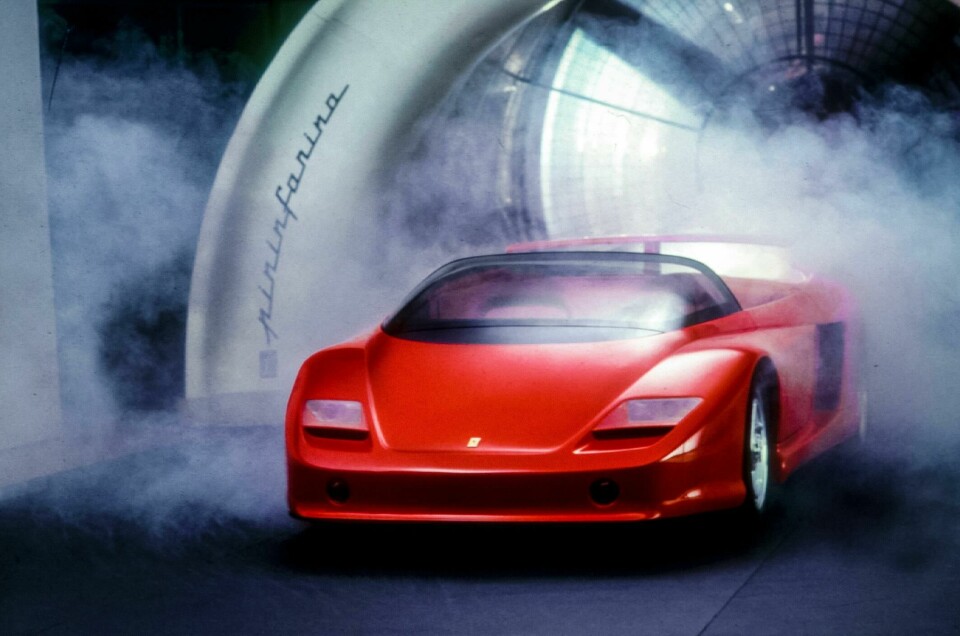
This multi-award winning, mid-engined, rear-wheel drive, two-seater one-off thrilled the world upon its unveil at the 1989 Tokyo Motor Show. Based on a shortened Testarossa, the Mythos design by Pietro Camardella influenced later Ferrari models like the F50 and still has a massive ‘wow factor’ today.
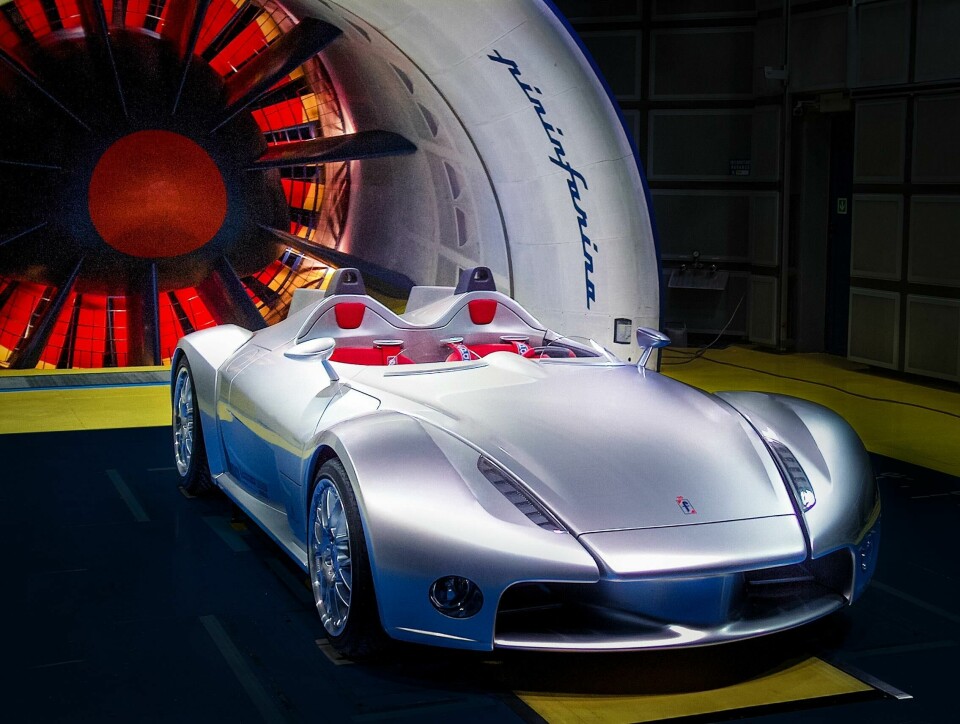
Based on a Lotus Elise, this lovely roaster concept was supposed to go into limited production of under 100, but never did. Still a joy to enjoy looking at.
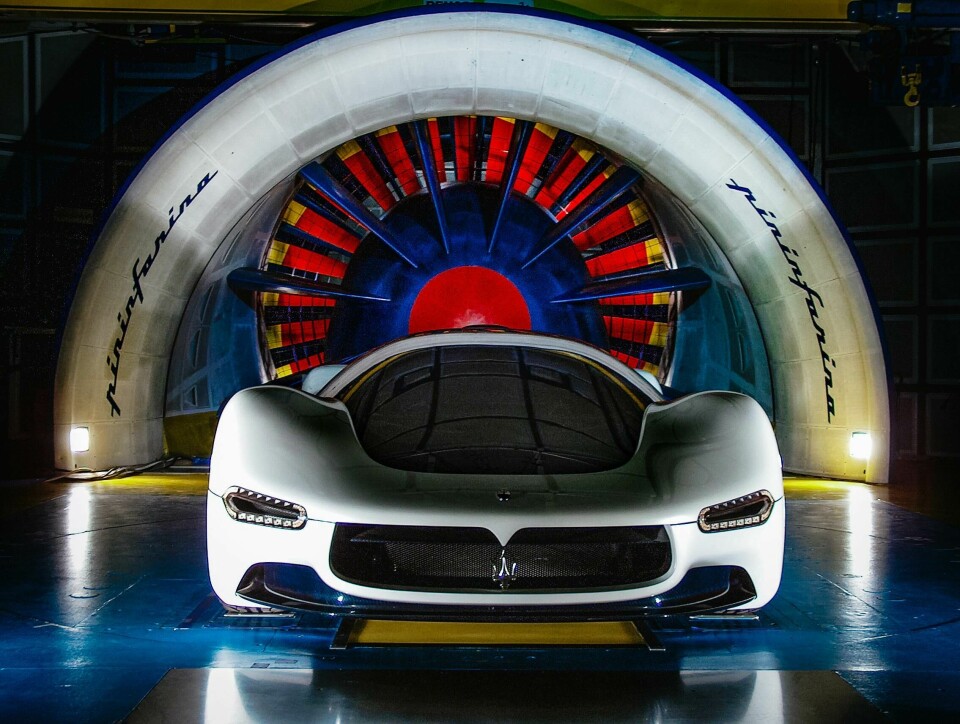
This bubble canopy-opening, low-to-the-floor wonder was designed by a team led by Lowie Vermeersch under the direction of Ken Okuyama. Built on the chassis of the Maserati MC12 GT1 race car to celebrate Pininfarina’s three quarters of a century in business, its large opening at the rear bumper improved aero too.
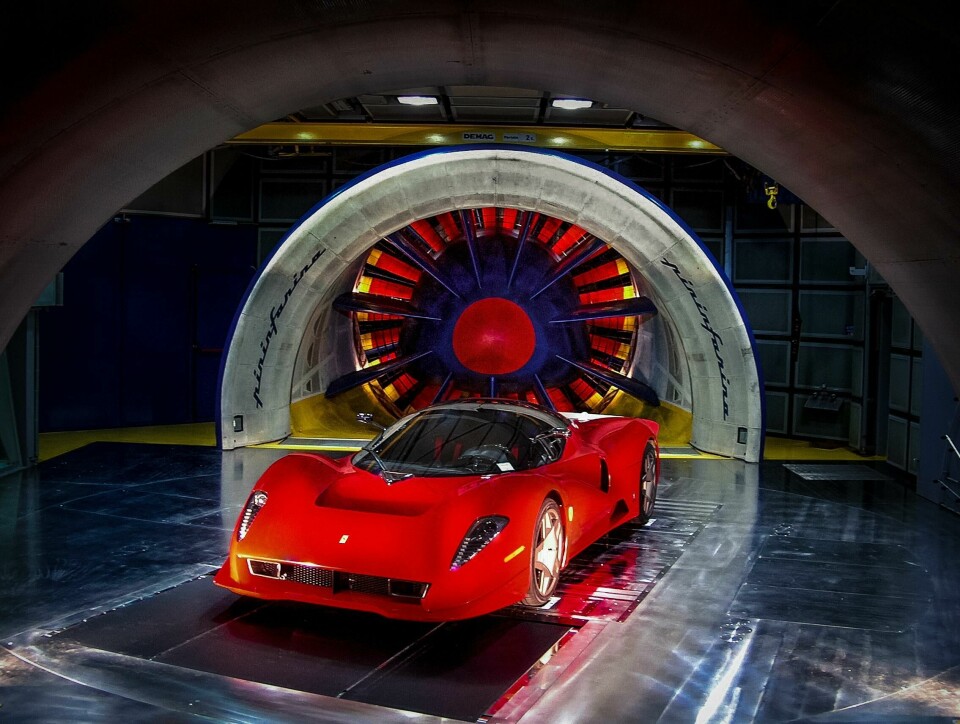
From Enzo underpinnings designer Jason Castriota penned this much more glamorous coach-built, fully-drivable one-off for renowned collector James Glickenhaus (whose racing team now successfully competes at Le Mans)
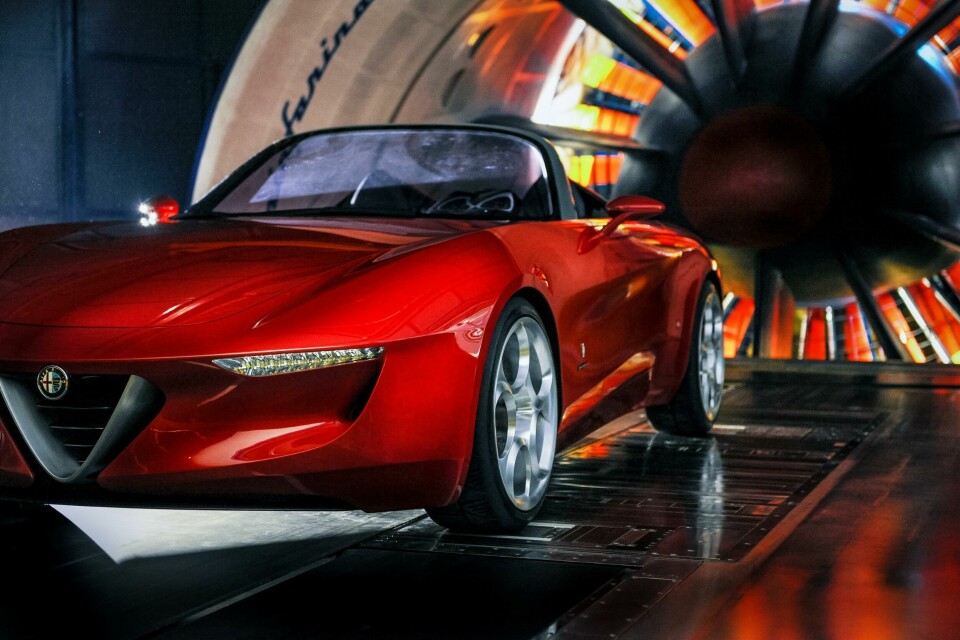
This beautiful concept designed by Lowie Vermeersch, tipped its hat to the original 1966 Alfa ‘Duetto’ Spider famously driven by Dustin Hoffman’s character in The Graduate. It was created to commemorate both 80 years of Pininfarina and Alfa Romeo’s centenary.
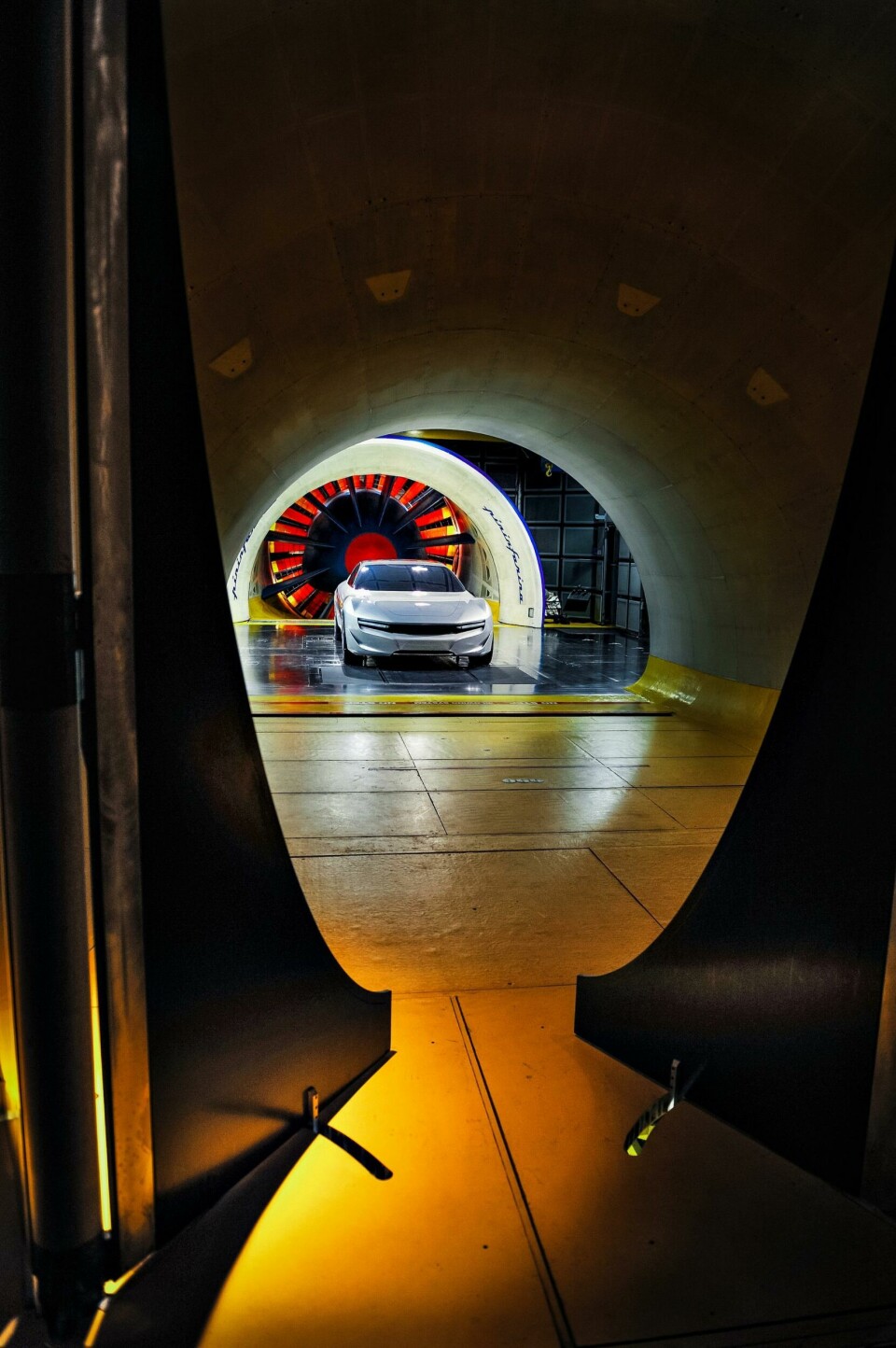
A quietly sophisticated saloon concept badged Pininfarina and created by the team then led by design director Fabio Filippini. Bonus fact: Featured interior wood from Riva 1920 reclaimed from navigation channel poles from the Venice lagoon.
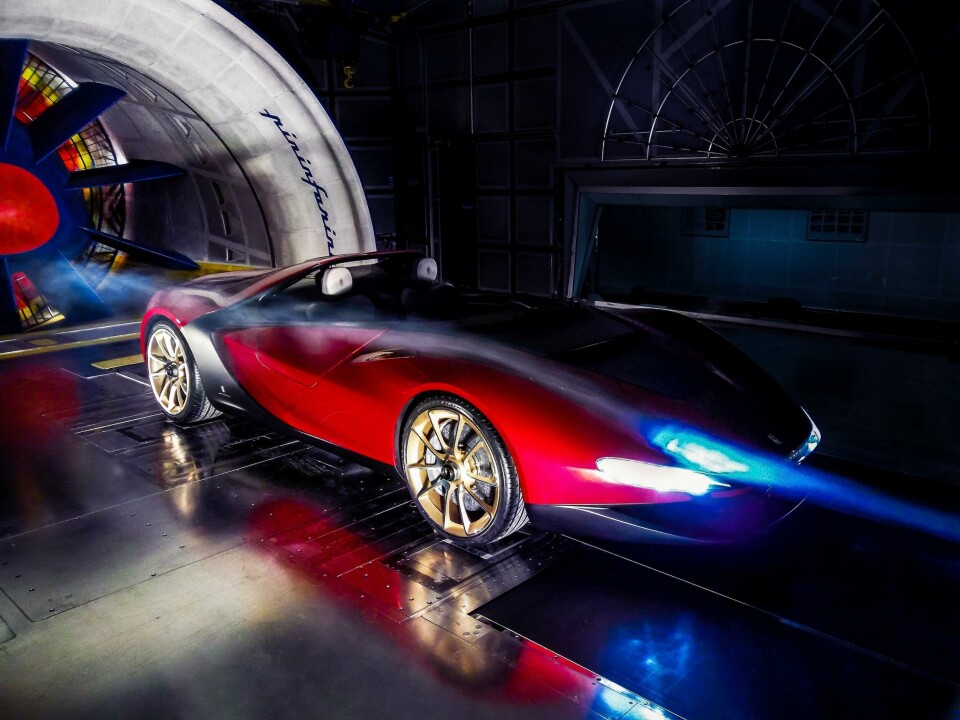
Open-top roadster with bespoke helmets designed by Fabio Filippini with Luca Borgogno and built to commemorate the former chairman of the company Sergio Pininfarina who died a year earlier in 2012. Suitably elegant, just like the man it was named after. Using Ferrari 458 Spider underpinnings, only six were built.
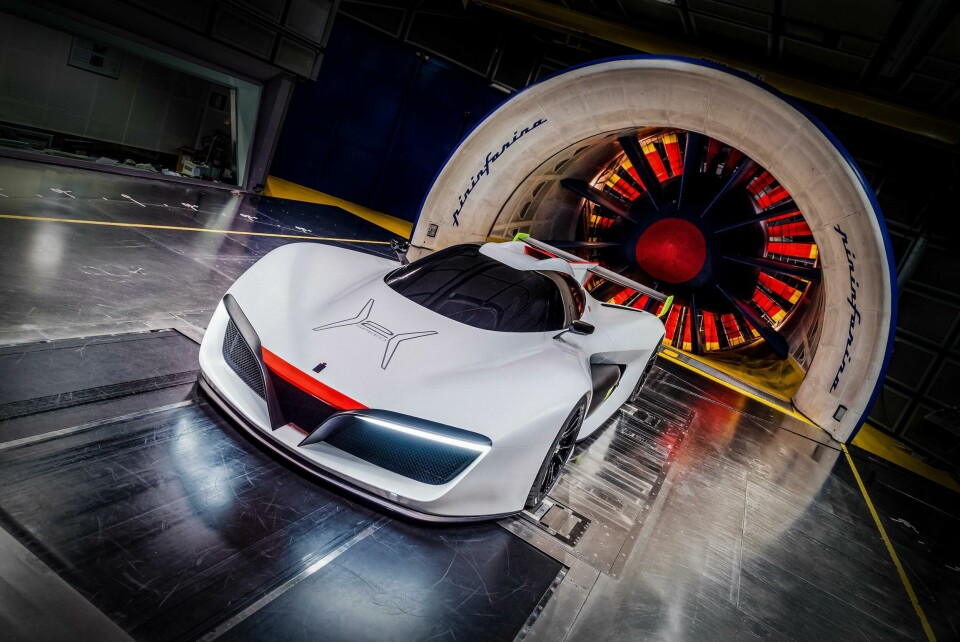
Starting life as a 2016 concept car, in 2018 the H2 Speed was unveiled at the Geneva Motor Show as a fully-running showcase for a 653hp electric-hydrogen fuel cell powertrain designed for track days. Another masterful Fabio Filippini team creation.
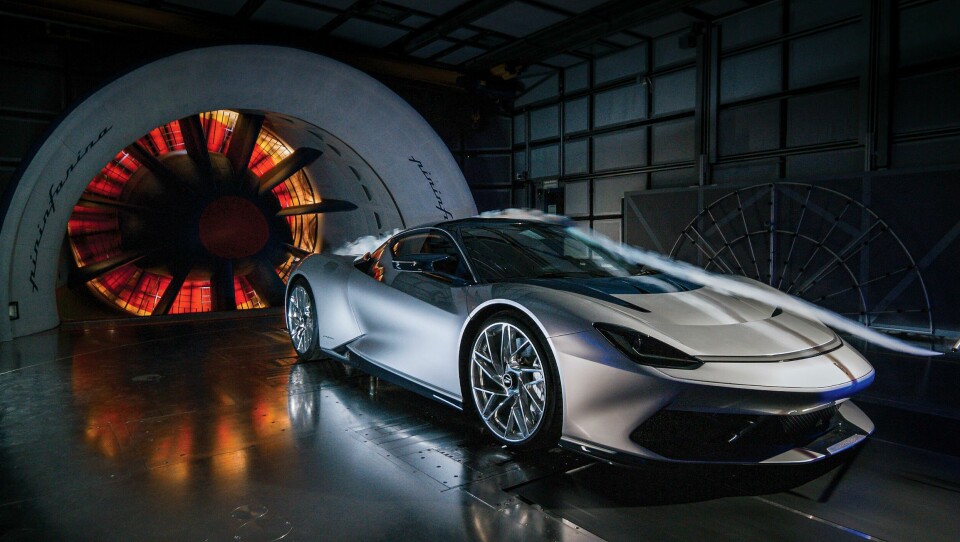
Heralded the new electric hypercar charge of the late 2010s, with eye-popping looks and stats (including a sub-two-second 0-62mph time). Luca Borgogno, who was design director of standalone brand Automobili Pininfarina when this full-electric hypercar came into being, declared ‘Soprattuto deve essere bella’ = ‘Above all it must be beautiful’. It is, and is a fitting tribute to the man who started it all: Battista ‘Pinin’ Farina.



